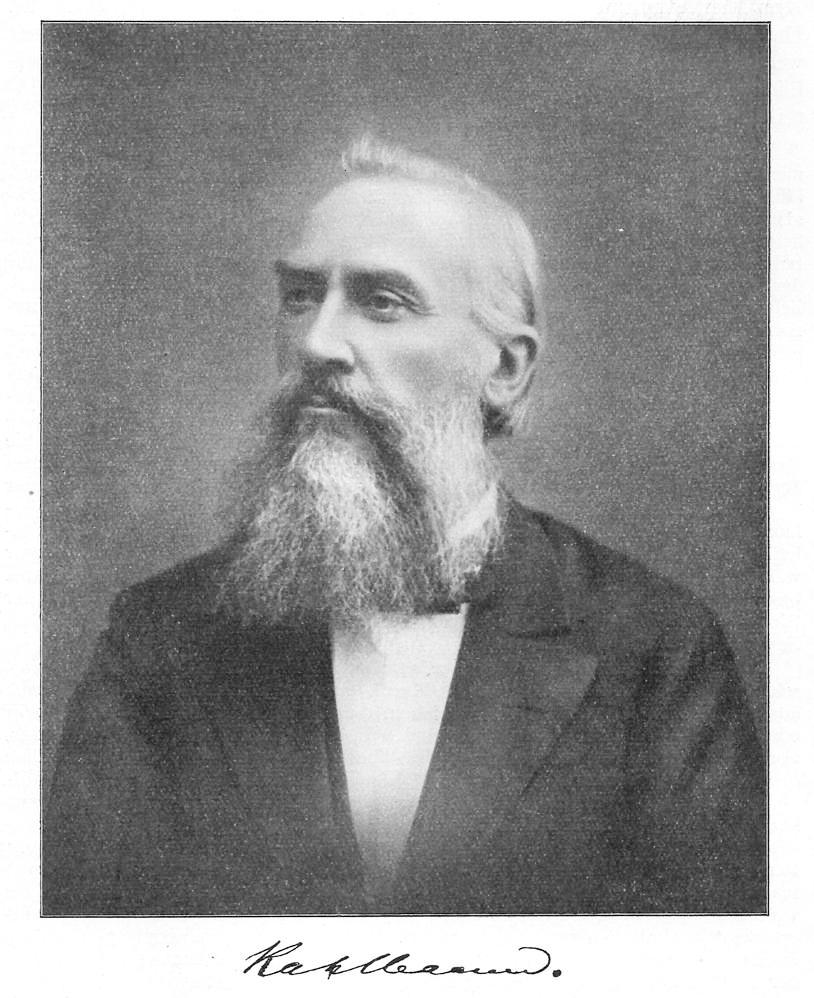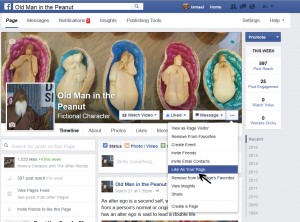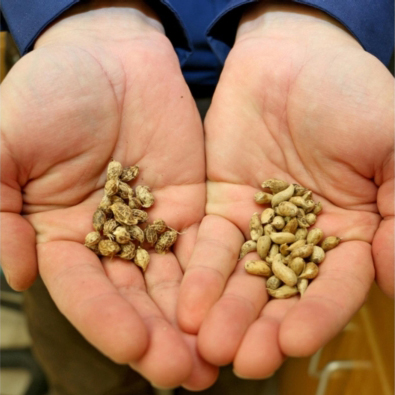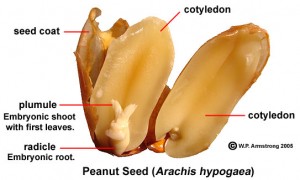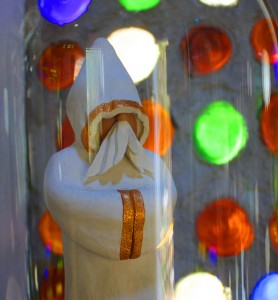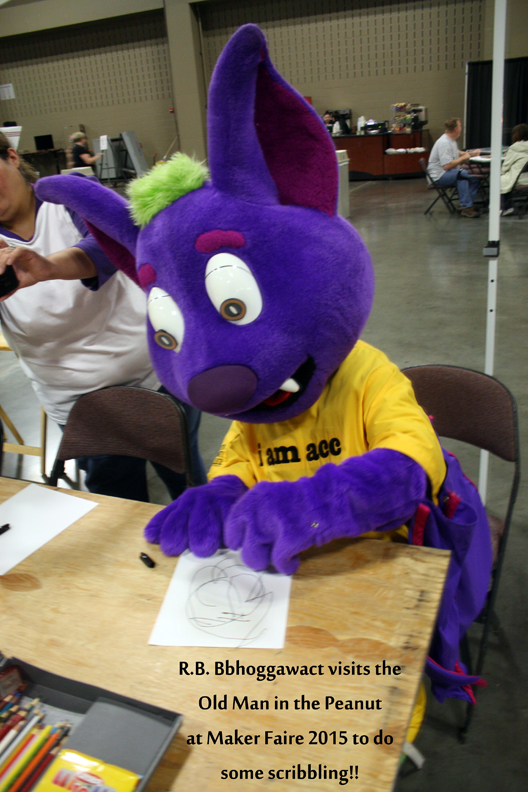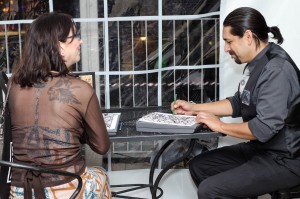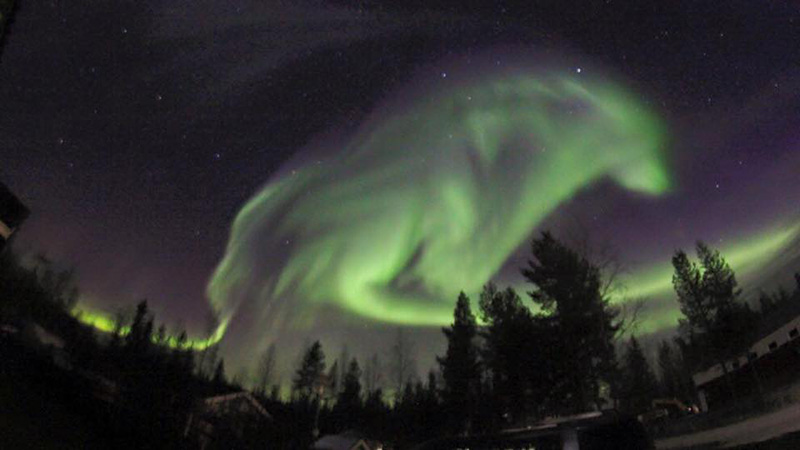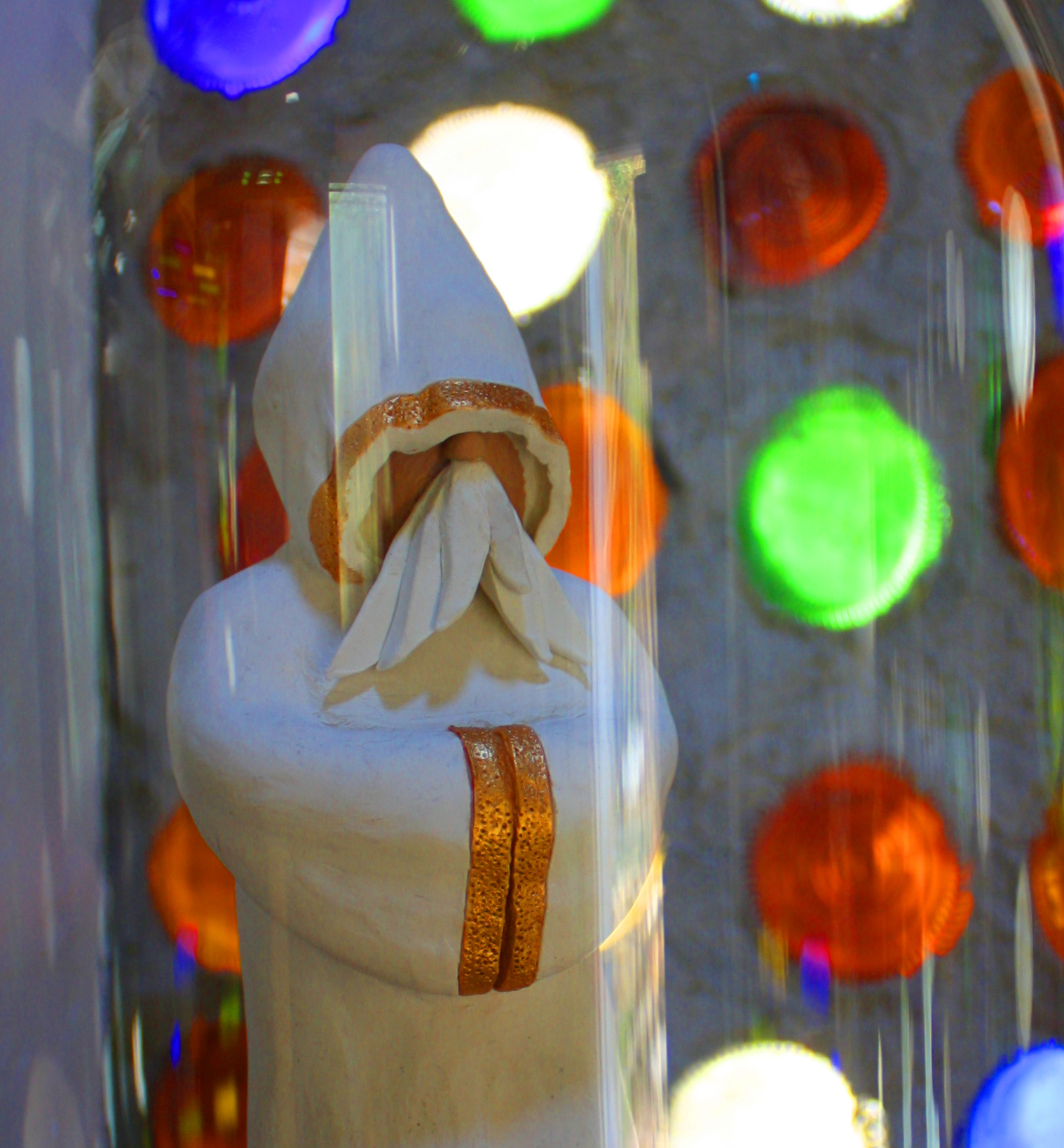The term pareidolie was introduced by the German psychiatrist, Karl Ludwig Kahlbaum in articles published in 1865[1] and 1866[2].
Then, in an 1867 British medical journal article reviewing Dr. Kahlbaum’s article (The Journal of Mental Science, Volume 13)[3], the German word Pareidolie was translated into English as pareidolia. Although the word is rarely found in general dictionaries, it has a long history in psychiatry.
Pareidolia has been getting more popular lately with it being added to dictionaries as recent as February 2017 – specifically the Merriam-Webster dictionary!
pareidolia
-
: the tendency to perceive a specific, often meaningful image in a random or ambiguous visual pattern
Around here we prefer the word Extractionism to pareidolia – which has a leaning towards this as an error in seeing.
This research was done using https://books.google.com/ngrams and information from http://www.obtusebard.org
[1] “Die verschiedenen Formen der Sinnesdelirien. Ein Beitrag zur Erweiterung der psychiatrischen Symptomatologie und zur psysiologischen Psychologie.” by K. Kahlbaum. Centralblatt für die medicinishchen Wissenschaften, No. 57, 23 December 1865. p. 908ff.
[2] “Die Sinnesdelirien” by Dr. Kahlbaum. Allgemeine Zeitschrift fürPsychiatrie und psychisch-gerichtliche Medicin, Volume 23. Berlin, 1866. p. 81. In German the word is pareidolie.
